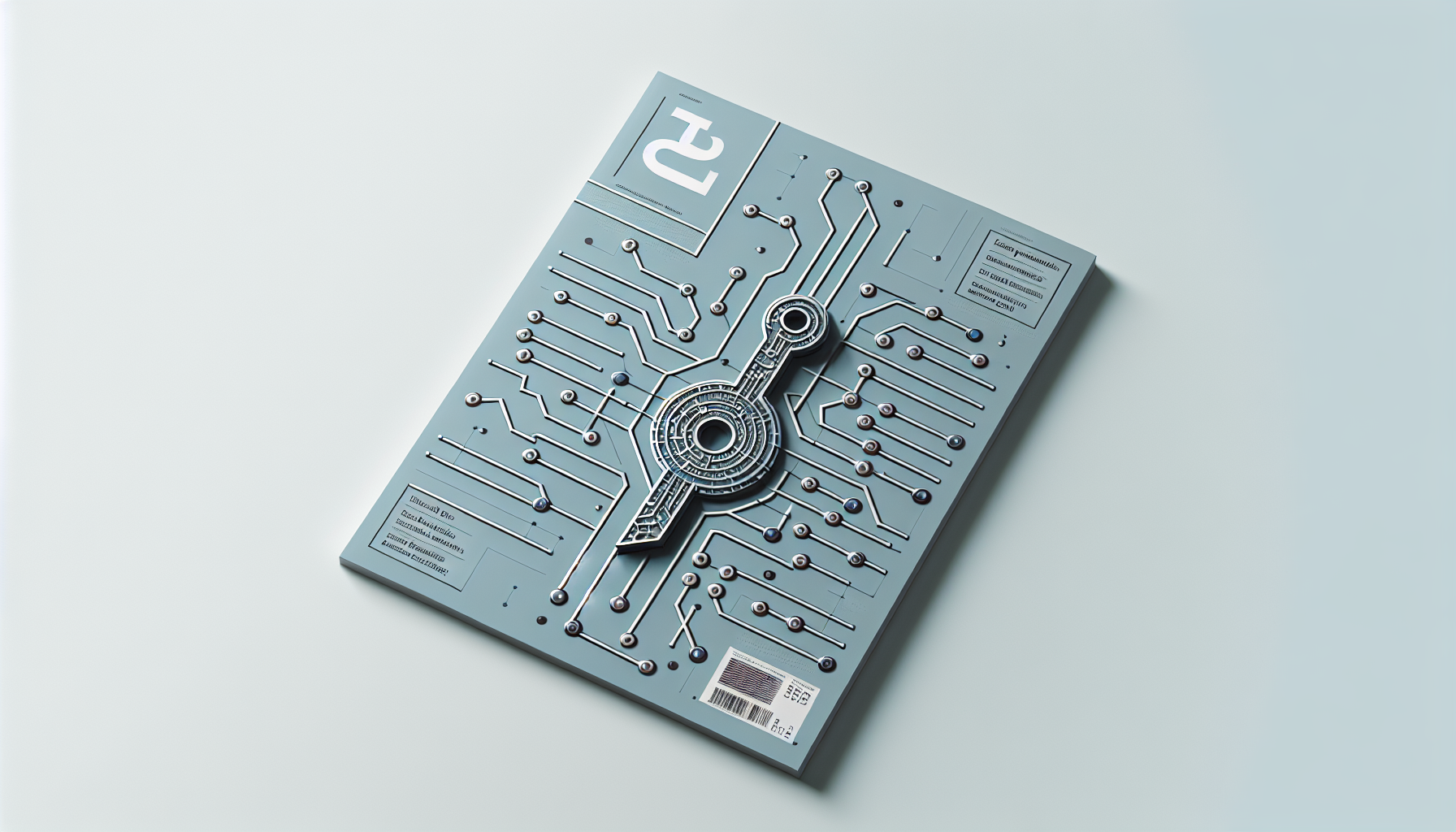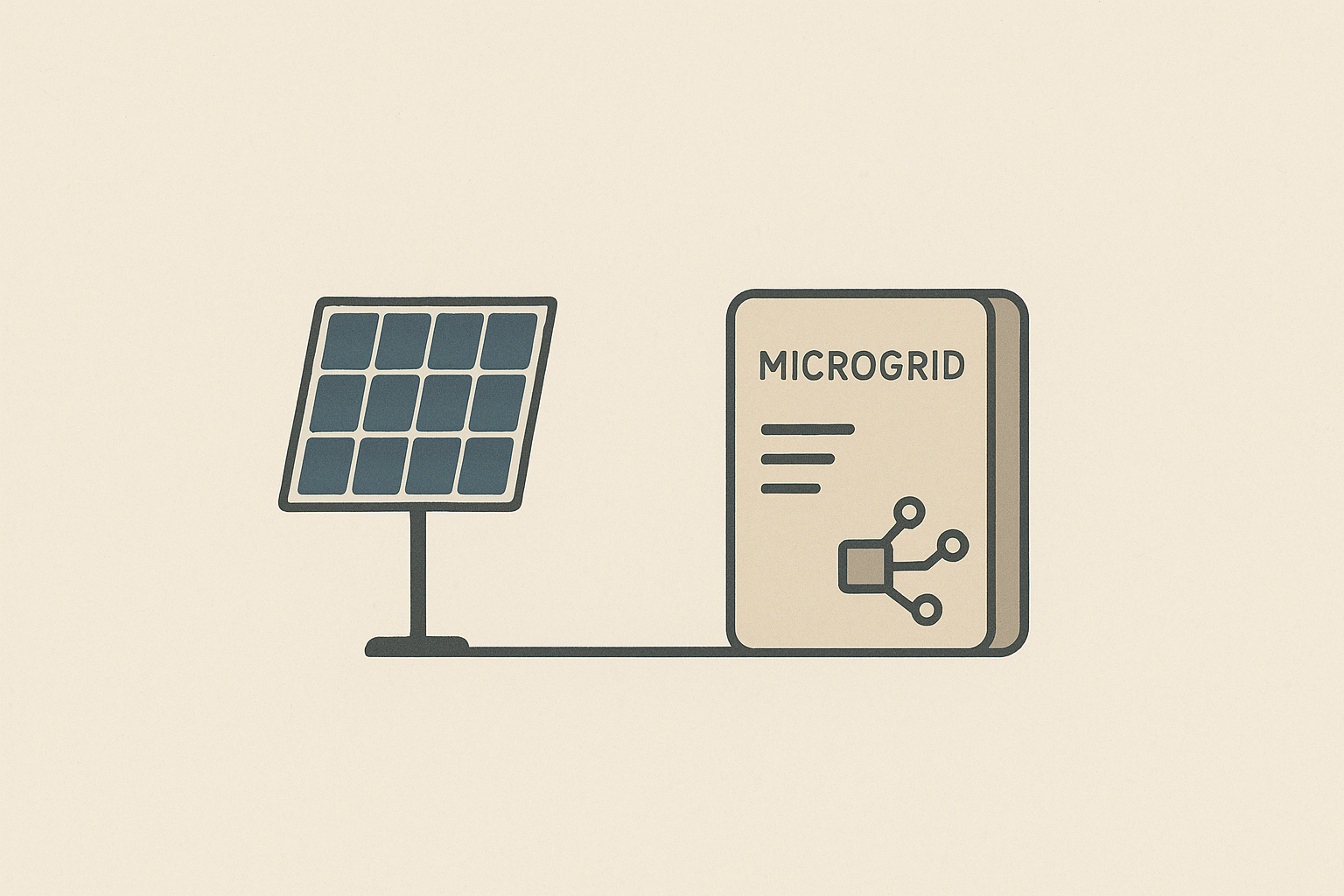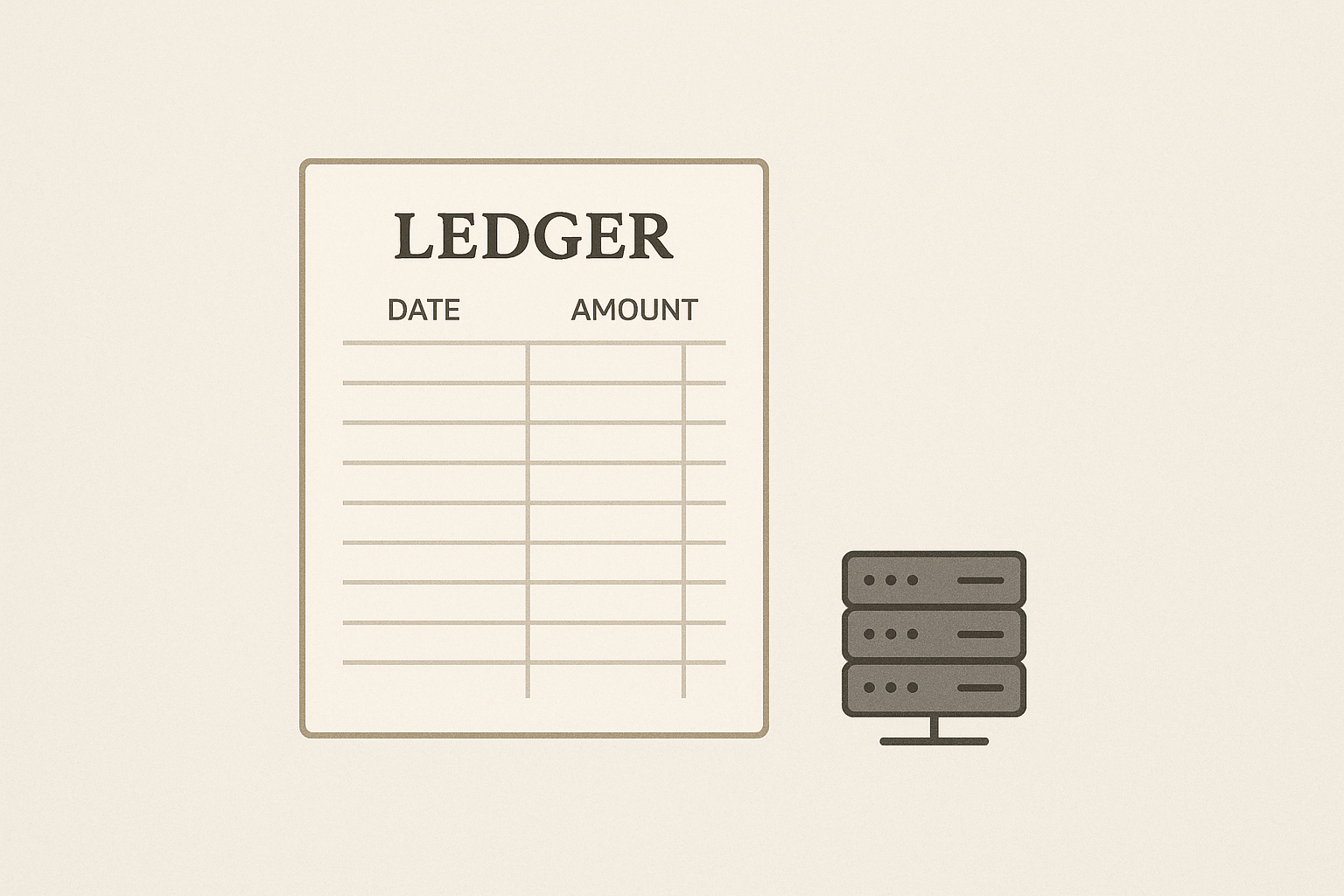Implementing Adaptive Quantum-Safe Key Management in Enterprise Systems
Ensuring resilient, scalable quantum-safe key management is critical for securing tomorrow’s digital enterprises.

The Evergreen Challenge of Cryptographic Key Management
With the looming advent of quantum computers, enterprises face a fundamental challenge: managing cryptographic keys in ways that remain secure against quantum attacks while supporting scalability, usability, and resilience. Unlike simple key replacement, enterprises require adaptive frameworks that integrate seamlessly with existing security infrastructures, support hybrid algorithms, and maintain operational continuity.
Solution 1: Layered Quantum-Safe Key Management Framework
This solution builds on segmented security layers, combining classical and quantum-resistant algorithms via hybrid key encapsulation mechanisms (KEMs). Key lifecycle management is automated, with policies adapting to evolving quantum threat levels.
Step-by-Step Implementation
- Assessment: Catalogue current cryptographic assets, protocols, and hardware capabilities.
- Hybrid Algorithm Integration: Deploy NIST-recommended post-quantum key encapsulation algorithms alongside classical RSA/ECC for backward compatibility.
- Automated Key Rotation: Design scripts and use cryptographic modules allowing scheduled, seamless key refreshes.
- Audit and Monitoring: Implement real-time logging with integrity checks.
- Disaster Recovery: Establish secure, verifiable key backup and restoration processes using cloud and air-gapped approaches.
<!-- Example: Automated Key Rotation CLI Script Snippet -->
#!/bin/bash
# Rotate quantum-safe keys
keys_dir='/etc/quantum_keys'
new_key="$keys_dir/key_$(date +%Y%m%d).pem"
# Generate quantum-safe keypair using liboqs
oqs-keygen -o "$new_key"
# Update application config
sed -i 's/active_key=.*/active_key=$new_key/' /etc/app/config.ini
# Reload service
systemctl reload app-service
Solution 2: Cloud-Native Quantum-Safe Key Management as a Service (KMaaS)
This approach leverages scalable cloud infrastructure to abstract complexities of quantum-safe cryptography. Enterprises consume quantum-resistant key management as a secure, managed service with developer-friendly APIs and compliance certifications.
Step-by-Step Implementation
- Provider Evaluation: Select KMaaS providers supporting hybrid algorithms and strong SLAs.
- API Integration: Develop middleware to connect enterprise applications with KMaaS API endpoints.
- Policy Configuration: Define key generation, rotation, usage constraints, and emergency revocation rules via the service console or API.
- Security Validation: Execute penetration testing and compliance audits on the integrated service.
- Continuous Update: Subscribe to algorithm updates and quantum threat intelligence to dynamically adjust key policies.
<!-- Example: Sample Python KMaaS API Key Generation -->
import requests
api_endpoint = 'https://quantum-kmaa-service.uk/v1/keys'
headers = {'Authorization': 'Bearer your_token_here'}
payload = {
'algorithm': 'FrodoKEM-640',
'usage': ['encryption', 'signing'],
'expiration': '2033-12-31T23:59:59Z'
}
response = requests.post(api_endpoint, json=payload, headers=headers)
key_info = response.json()
print('New Quantum-Safe Key ID:', key_info['key_id'])
Did You Know? Quantum computers threaten RSA and ECC keys typically greater than 2048 bits; quantum-safe algorithms employ fundamentally different mathematical problems to resist these attacks.
Pro Tip: Begin hybrid deployment by protecting the most critical assets first, such as customer data encryption and authentication tokens, to maximise security ROI while managing complexity.Q&A: Q: How do I know when to fully transition to quantum-safe algorithms? A: Transition timelines depend on your data’s sensitivity and lifecycle, but adopting hybrid approaches now provides a smooth and secure migration path before quantum attacks are feasible.
Evening Actionables
- Conduct a cryptographic key audit catalogue for your organisation.
- Experiment with open source quantum-safe libraries such as Open Quantum Safe (liboqs).
- Develop automation scripts for key rotation based on your infrastructure.
- Evaluate KMaaS providers and arrange trial integrations.
- Review the foundational principles in Building Resilient Quantum-Resistant Cryptography for the Future to ensure conceptual alignment.





Comments ()